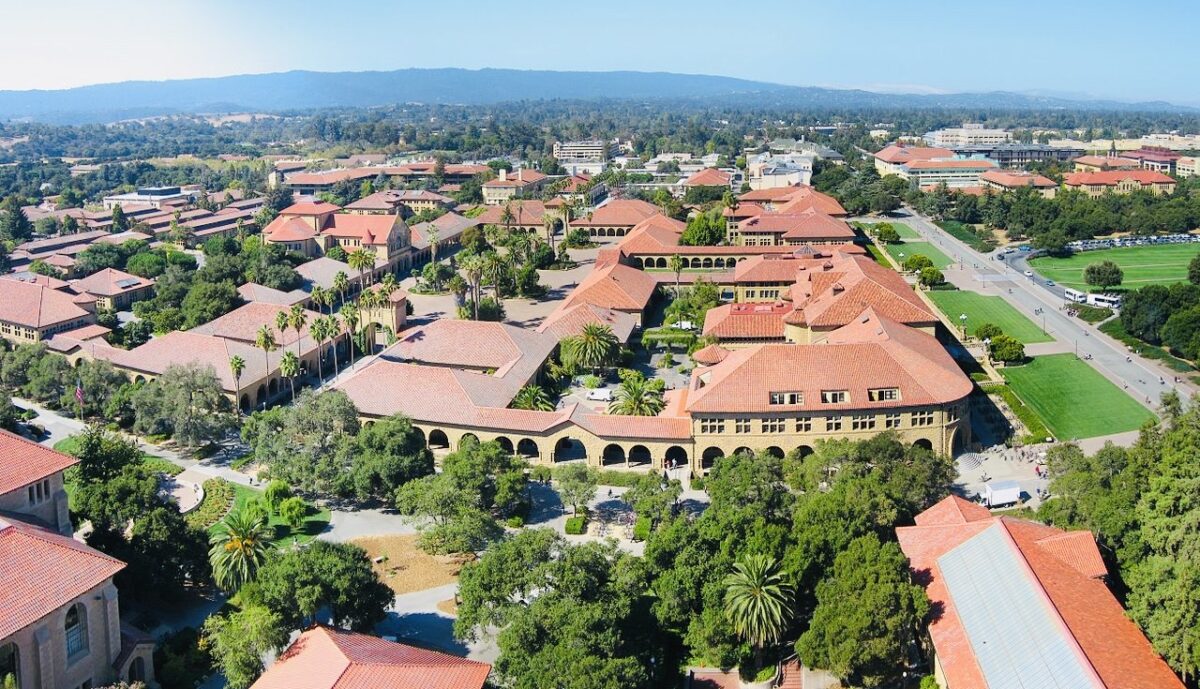The Israel-Hamas war in the Gaza Strip has unleashed a torrent of veiled or explicit antisemitism on American university campuses, which are supposed to be bastions of rational discourse, ethnic and racial diversity and religious tolerance.
Judging by a recent Anti-Defamation League survey, 73 percent of Jewish college students experienced or witnessed some form of antisemitism during the 2023-24 school year.
In light of their experiences, the Department of Education’s Office for Civil Rights has opened more than 100 investigations into complaints alleging discrimination on the basis of ancestry or ethnicity.
Last month, two elite universities in the United States, Stanford and Harvard, issued reports that validate such concerns, while Columbia University placed three administrators on leave pending an investigation of their conduct at a panel discussion on antisemitism.
Meanwhile, Cornell University President Martha Pollack retired at the end of June. Her departure occurred in the wake of a raucous year of pro-Palestinian campus protests and a serious case of antisemitism on campus during which a student issued death threats against Jewish students and threatened to “shoot up” the kosher dining hall.
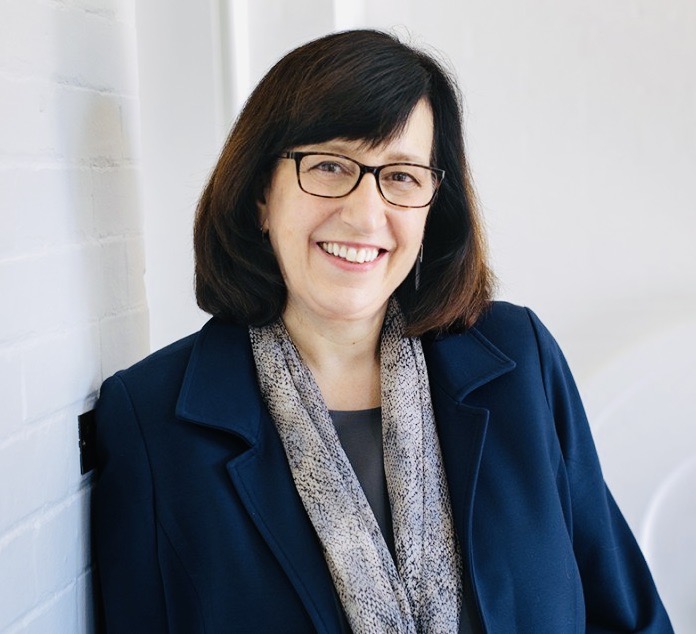
Pollack tendered her resignation after the presidents of the University of Pennsylvania and Harvard were forced to step down after their pathetically lame testimony at a congressional hearing on campus antisemitism last December. They aroused a wave of indignation and anger after they gave clinical and legalistic answers to a question whether advocacy of genocide on campus would be regarded as antisemitic.
Around this time, Len Saxe, a professor of Contemporary Jewish Studies and the director of the Cohen Center for Modern Jewish Studies at Brandeis University issued a report titled In the Shadow of War: Hot Spots of Antisemitism on U.S. College Campuses.
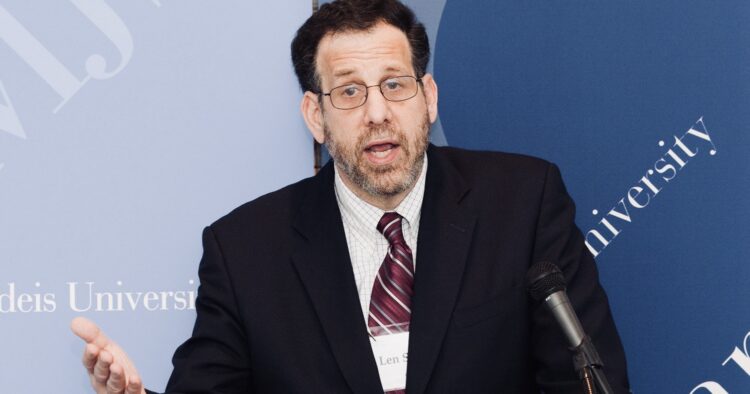
Eight years ago, following the second cross-border Gaza war in 2014, Saxe released his first report on campus antisemitism. Fewer than 10 percent of Jewish students agreed with his assessment, while more than 25 percent agreed “somewhat” with it.
Saxe believes that antisemitic hostility comes largely from left-wing students sympathetic to the Palestinian cause, though right-wing students may be more overtly hostile toward Jewish students.
Saxe, in his most recent study, divided universities into four groups in terms of attitude to Jewish students.
Schools in the most-hostile group included Boston University, Columbia, and New York University. Schools in the second-most-hostile quartile ranged from Emory to Tufts. Temple University, Syracuse and Northeastern were in the third quartile. Among the universities in the least hostile category were Brandeis, Duke, Tulane and Penn State.
Eighty-five percent of the respondents in the most-hostile group agreed, “somewhat” at least, that Jewish students faced a hostile environment on their campus. Ninety four percent said there was a hostile environment toward Israel.
One-third of respondents said they had experienced anti-Jewish insults or harassment, either on social media or in person.
Saxe’s conclusion is that antisemitism is expressed in new forms today. Traditional tropes and stereotypes still drive antisemitism, but hatred of Israel is currently an important component of anti-Jewish hostility.
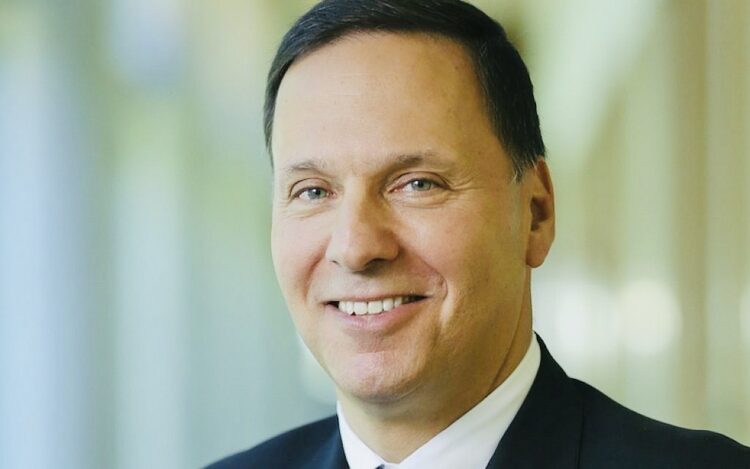
Ron Liebowitz, the president of Brandeis, contends that pro-Palestinian protests on his campus degenerated into outright “hate speech.”
A committee established by Stanford President Richard Saller to determine whether Jewish and Israeli students faced hostile conditions released a report late last month that confirmed the worst fears of Jews. It found that antisemitism is “widespread and pernicious” at the Palo Alto, California campus.
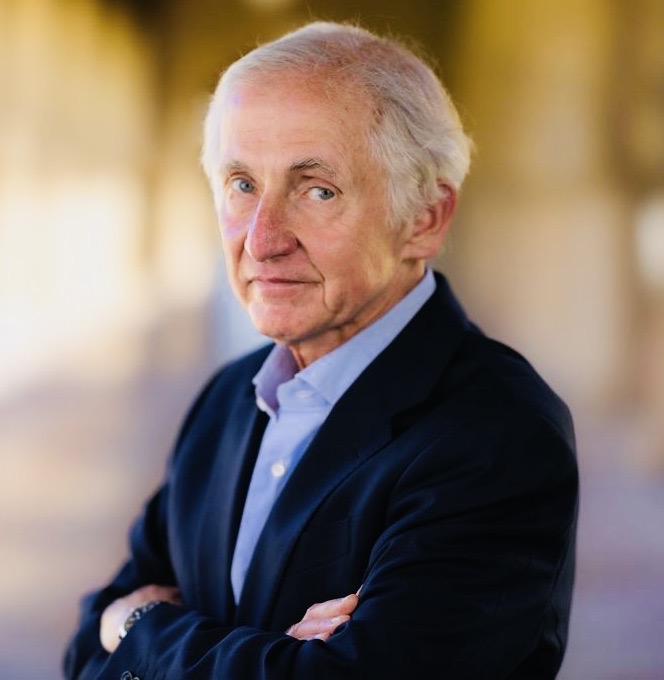
The authors of the report, consisting of faculty, staff, students and alumni, pointed to instances if antisemitism in the classroom, on social media, in residences and at pro-Palestinian demonstrations. “Some of this bias is expressed in overt and occasionally shocking ways, but often it is wrapped in layers of subtlety … one or two steps away from blatant hate speech.”
The report goes on to say that Jewish students have been pressured to “openly denounce Israel and renounce any ties to it.”
On Fizz, a social media platform for students where posts are anonymous, antisemitism is rampant.
“The core problem, we concluded, is not simply the failure to punish rule violations in a concrete way. It is the broader deterioration of norms that once stigmatized antisemitism.”
Harvard’s task force on antisemitism concluded that the situation for pro-Israel students was “dire,” citing instances of teaching fellows discriminating against students because they were pro-Israel or Israeli and noting that an ideological “litmus test” prevented some students from participating in extracurricular activities.
The task force recommended that certain measures, including anti-harassment training and discussions about antisemitism, could improve conditions for Jewish students.
In a disturbing sign of the times, Columbia acknowledged that three administrators had been placed on leave following the emergence of leaked images in which they exchanged disparaging text messages during a panel discussion on antisemitism and Jewish life on campus on May 31.
They were identified as Susan Chang-Kim, the vice-dean and chief administrative officer; Cristen Fromm, the dean of undergraduate student life, and Matthew Patashnick, the associate dean for student and family support.
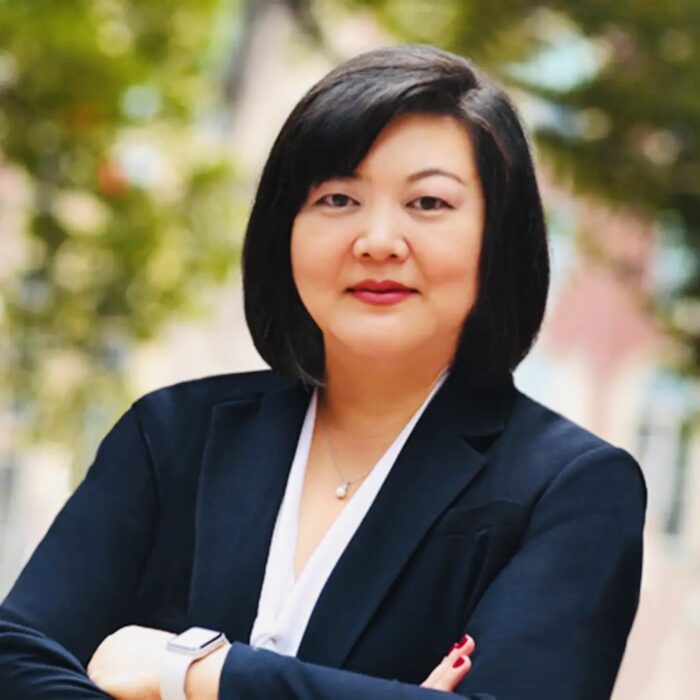
Virginia Foxx, a Republican member of the U.S. House of Representatives’ Committee on Education and the Workforce, said she was appalled but not surprised by their disdainful reaction.
It can be argued that American universities have been misshapen by woke ideology. As Robert Leroux, a University of Ottawa sociologist, writes, “We must say that what we now call the woke culture or movement is nothing new. It is part of a long tradition, influenced by Marxism, feminism, relativism, etc. It is not a scientific approach to reality, but essentially an ideological posture, an attitude, a social movement. The situation is getting worse because most academics are now activists.”
Such is the cancel-culture atmosphere at American university campuses these days, but Canadian universities are not immune to this corrosive phenomenon.
Nearly two months ago, Jewish university students told a parliamentary committee in Ottawa that their universities have failed to protect them from antisemitic incidents since Hamas’ October 7 terrorist attack in southern Israel that claimed the lives of roughly 1,200 Israelis and foreign nationals.
Nicole Nashen, a McGill University law student, said, “The consistent failure of our universities to take action against the hate taking place on our campuses has emboldened anti-Israel activists to become more radical.”
Touche.
Unless universities crack down unequivocally on expressions of anti-Israel bile, which bleeds into antisemitism, many Jewish students will not feel comfortable or safe on campus.
It is a problem that must be vigorously addressed by university presidents and administrators in Canada, the United States and Europe.
